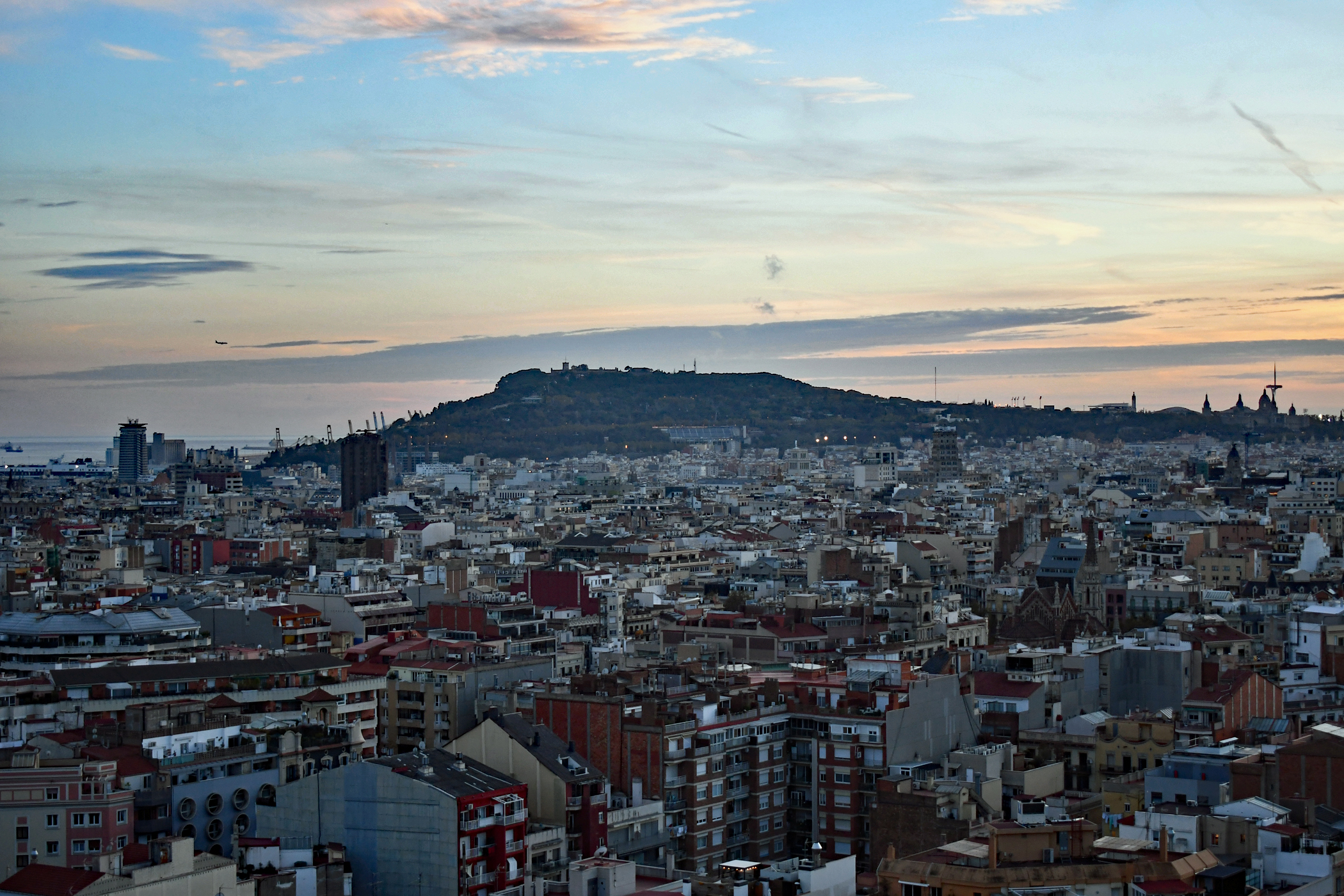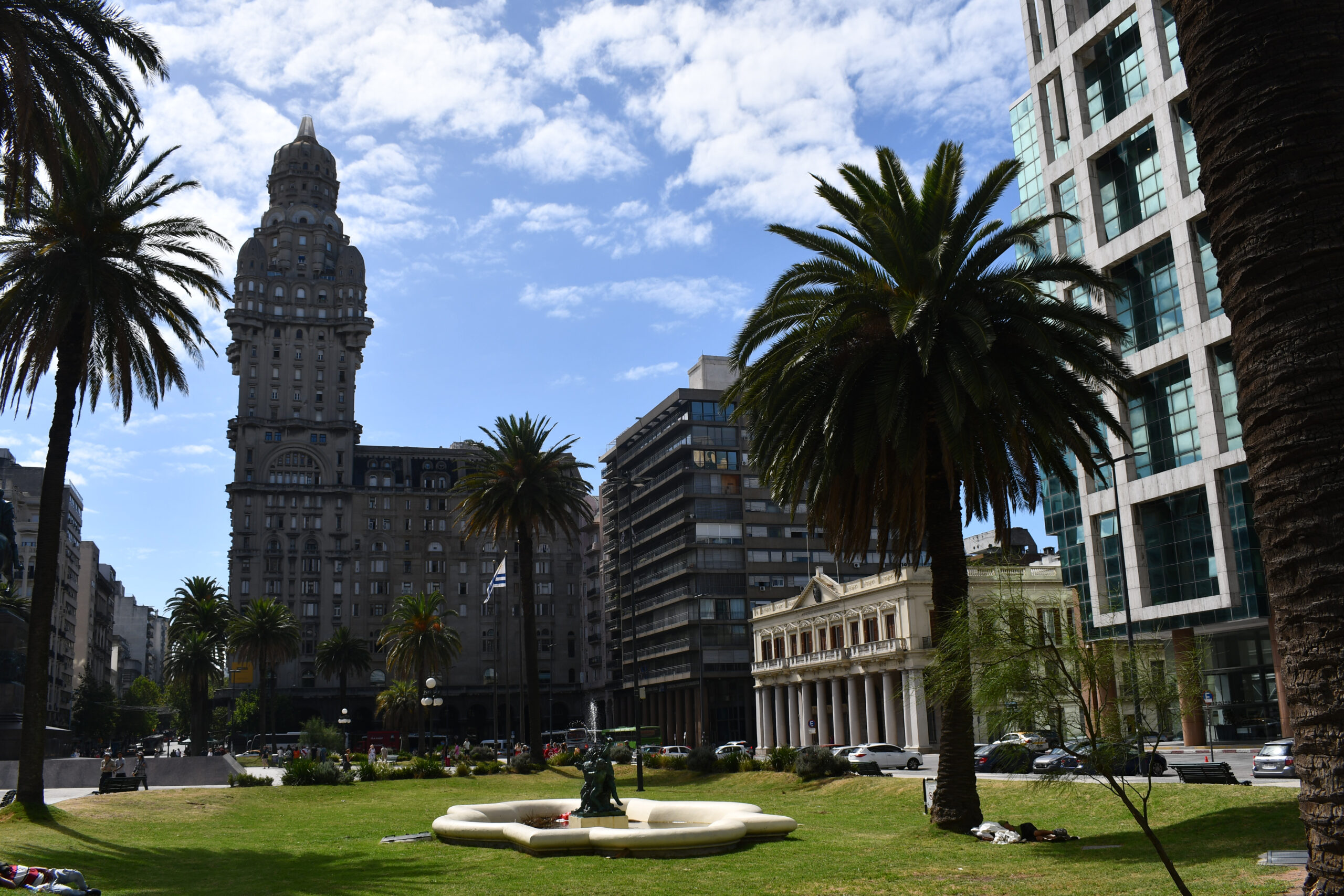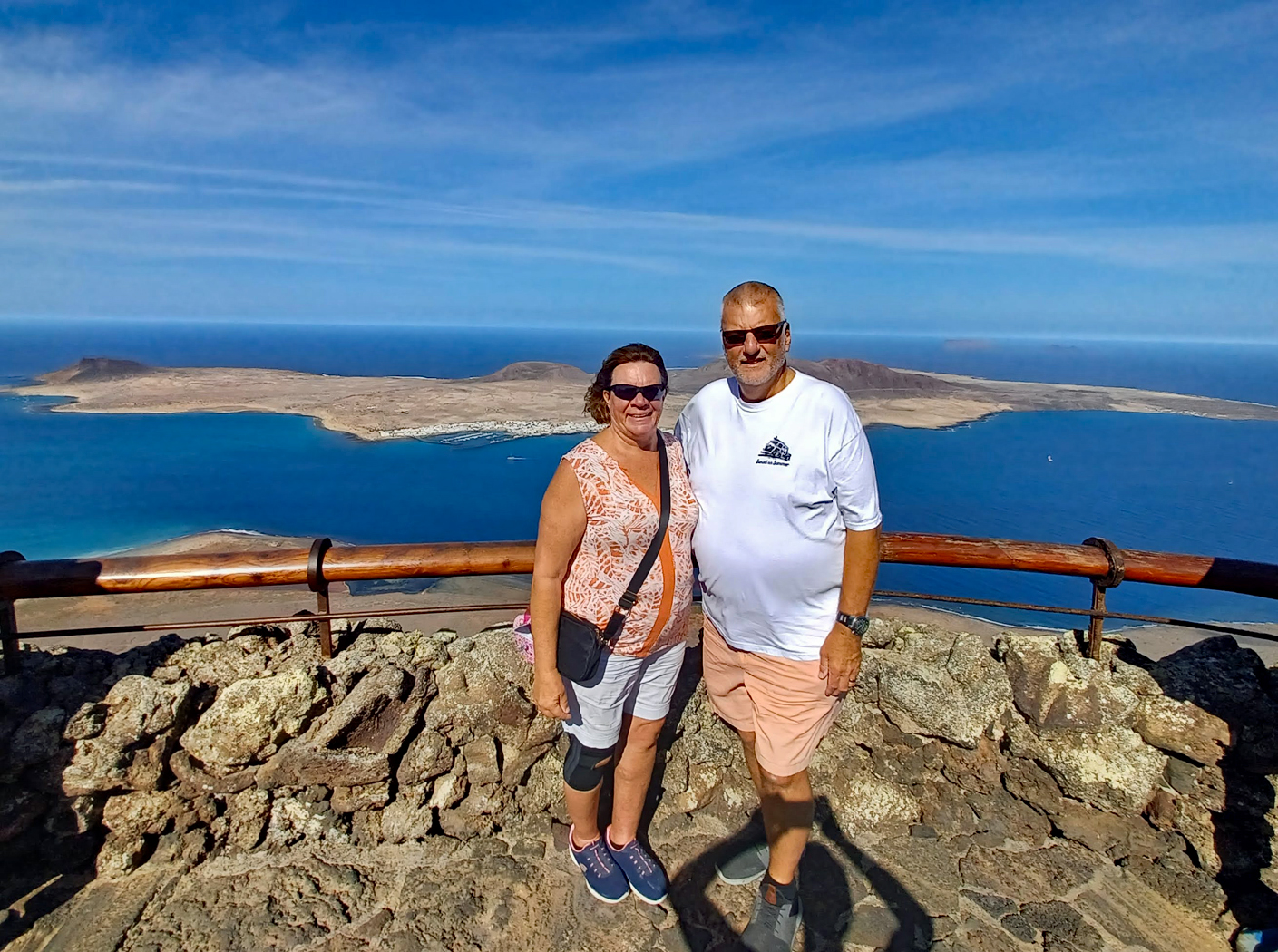
Barcelona & Montserrat Monastery
In November 2024, we could finally go on our long-planned Atlantic Ocean crossing! The trip began in Barcelona with two additional stops in Spain, followed by the Canary Islands and one stop in the Bahamas. We flew into Barcelona a few days early to see the sights before the departure.
Upon arrival, we met friends at the airport and took a taxi to our hotel, the Ibis Barcelona Centro. The hotel seemed fairly new, and our taxi driver was unfamiliar with it; however, he had no trouble finding it. The cost of the taxi from the airport was about $60 Euros from the airport.


The hotel was beautiful, and the location was fantastic!, just two blocks away from Sagrada Familia, one of the largest cathedrals in Europe. There were many shops and restaurants between the hotel and the cathedral, and we felt very safe walking, even at night. The hotel also has a bar and restaurant on the premises.
The hotel had baggage storage, so we could drop off our bags and then go sightseeing while waiting for our room to be ready; we took a short walk to the Sagrada Familia and were awed by its architecture. After exploring the area, we had a late lunch/early dinner at one of the local restaurants, which was very good but expensive. Later, after checking in to the hotel, we spent the rest of the day resting and relaxing.


The following morning, we booked a Montserrat Monastery tour, which included hotel pick up and drop off. The guide was very prompt, very knowledgeable, and accommodating. The monastery is about a fifty-minute drive from downtown,



Upon arriving at the monastery, our guide took us on a short walking tour. The first stop was outside the school. The school has existed since the mid-14th century and educates approximately 50 boys from primary to early secondary grades from various towns in the surrounding area of Catalonia. Students must study two instruments, one of which must be an orchestral instrument and piano. In addition, they study Musical Language and Orchestra and participate in the Boy’s Choir. It is said to be the oldest choir and music school in Europe and can be traced back to the year 1307; amazing! Check them out below!
The next stop was the courtyard outside of the chapel. There, we saw the outside of the apartments where the monks live. The sculptures on the lower levels were very interesting. There are about 80 Benedictine monks who live there. Benedictine monks follow the Rule of Saint Benedict, devoting their lives to prayer, working, and greeting pilgrims and visitors.


The monastery’s origins are uncertain but date back to the year 880 when legend says a wooden statue of the Virgin of Montserrat, known as The Back Madonna, was discovered. After that, sometime around 1011, a Santa Maria de Ripoli monastery monk came to the mountain to take charge of the existing monastery, Santa Cecelia de Montserrat, leaving the monastery under the orders of Abbot Oliba, who was the count of Berga and Ripoll. Santa Cecelia was unwilling to accept the new set of circumstances so, Oliba decided to create a new monastery called Santa Maria, in the place of an old hermitage, or private retreat, of the same name. Thus, we have the present-day Montserrat Monastery. The history of the monastery is very interesting.
The church’s central nave is almost 200 feet long and 50 feet wide. It is 75 feet high. There are a number of side chapels on each side, such as The Chapel of Saint Scholastica, the patron saint of Benedictine nuns, education, and convulsive children, a chapel representing The Flight into Egypt, and The Chapel of the Immaculate Conception as well as others. Around the chapel, you will also see many ornate hanging candles representing a Catalan style of jewelry-making.
After completing our tour, we then had free time to have lunch and explore the rest of the town. There were two options: hike to the top of the mountain or take the cog railway. We chose the railway, as I have always been interested in trains. The views of the surrounding mountains were gorgeous, but the views of the monastery were spectacular!! Well worth the few dollars to go up!
Finally, it was time to head back to Barcelona. We took the tram down the mountain and met our guide for the trip. It was a fascinating day and well worth the cost of the trip!
One of the main sights to see in Barcelona is the Basilica de la Sagrada Familia. Construction began on the basilica in 1882 and is hoped to be completed in 2026, taking over 140 years! It was originally designed by architect Francisco de Paula del Villar, later replaced by Antoni Gaudi, who worked on the project for over 40 years and transformed it into what it is today. The photos below are of the Passion Facade, representing the life of Christ.


Gaudi’s architectural style of vibrant, multi-color buildings using ceramic mosaic tiles and stained glass, design elements that mimic shapes and patterns found in nature, and religious imagery inspired by his deep faith can clearly be seen throughout the basilica. The following photos are of the Nativity Facade, representing the birth of Christ. The twisted column represents natural elements such as the trunk of the oleander tree and the turtle, the sea.



In addition, the columns of the nave are meant to represent a pine forest. If you can visit, try to schedule your tour as soon as possible. The walls of stained glass seen at sunset are simply incredible!
The final stop before our tour ended was a trip to the top of one of the towers in the Passion Facade. Thank goodness for the elevator because the trip down was 426 steep, narrow, winding steps. We couldn’t imagine climbing them! Seeing the mosaic sculptures (local fruits) up close was very nice. My favorite photo is of the cross on the Passion Facade, taken from behind.
We visited another significant Barcelona landmark, Park Guell, on our final day in Barcelona. The park was designed by Eusebi Güellas to be a gated community, and construction started in 1900. In 1906, Antoni Gaudi, the architect of Sagrada Familia, moved there there live with his father and niece. He lived there for several years before moving into Sagrada Familia to oversee its construction. You can see many of the elements of Gaudi’s design style throughout the park.



The project was a financial failure which led the project to be abandoned in 1914. The park then became a large private park/garden, which Güell allowed to be used for public events. Upon Guell’s death in 1918, his heirs offered the park to the city, which agreed to purchase the property. It was opened as a public park in 1926.



Perhaps one of the most interesting aspects of the park is the design. The terrace, pictured above, slopes slightly so water drains into the hollow columns below. The benches are designed this way as well. The water then is directed into an underground cistern where it is used for drinking water and laundry. It’s amazing to think that this was all done without the aid of modern technology.





A visit to Park Guell was a nice way to wrap up our visit to Barcelona. If you are in Barcelona and get the chance, I would highly encourage you to visit the park, it was well worthwhile. Now, off to our ship!



























